The fabulous ‘50s are finally upon us! In today’s post, we can look forward to weird and wonderful designs, with fins, chrome and furry dice. Nah, just kidding about that last one. But you can also expect the number of Japanese exhibits to be on a steep increase compared to the prewar days.
Wow, is it 1947 already? Pity nobody told MG. Their TC roadsters were still stuck in 1932.
That’s more like it! As far as I’m concerned, the best-looking Cadillac before quad headlights started becoming a thing is the first of them. Especially when it’s a black Sixty Special.
Successive iterations of this design just resulted in the Caddy getting heavier, busier and gaudier. They didn’t look bad, just never this good.
The ’49 Ford is another firm favourite. Those taillights alone would warrant some sort of design award.
The purely geometric and abstract hood ornament is also noteworthy. So many stylized naked ladies, rockets, animals and aircraft… But Ford, of all companies, went for a pizza cutter.
Ah, Kaiser’s inimitable Henry J. What a disaster. It’s impossible to hate it, but the more you see it, the more you understand why it bombed. The weirdness of the front, the poverty of the interior, the delusional name… Quite the poisoned cocktail.
Maybe it was just born in the wrong place. If it had been born in Britain, Italy or Japan, it would have been deemed a highly commendable effort for a 1951 model. Except none of those places would have called it the CEO’s first name.
Britain was still dabbling in vertical grilles and getting to grips with streamlining, but they also launched the fastest sports car in the world in the (lovely) shape of the Jaguar XK120.
Meanwhile, France was busy creating the slowest four-door car in the world. This particular 2CV A is a 1953 model, i.e. just four years into the tin snail’s 40-year career.
Plastic fantastic. You have to hand it to the original Corvette – it may have been a rather gutless 6-cyl. Chevy underneath, but the styling inside and out was amazing for 1953.
We’re in Toyota’s house, so it’s only natural that some of their more obscure early efforts be well-represented. This model only lasted a year, from September 1953 to October 1954, but it was a significant improvement on previous Toyotas (or Toyopets, as they began to style themselves in those years). Body-wise, the RH Super was bang up-to-date for a 1953 four-door. The RH existed in two variants, depending on the coachbuilder: the fancier RHK (marketed as the “Custom”) made by Kanto Auto Works and this more basic-looking RHN “Super,” bodied in Kobe by Mitsubishi Heavy Industries.
Since the bulk of production would be pressed into taxi service, the car had to be large enough – and the chassis sturdy enough – to be able to handle Japan’s then-terrible road network. The chassis was essentially pre-war technology: ladder, solid axles, cart springs. The engine was new, though: a 1.5 litre OHV 4-cyl. giving out 48hp. The Crown was almost at hand.
And here it is, Crown number one, launched in 1955. This is the RSD – i.e. the Deluxe, which appeared in December. It was fitted with extra chrome here and there, whitewalls and a radio set. The 1.5 litre 4-cyl. now produced 55hp and the chassis finally adopted IFS. Still had trafficators on the B-pillars. One thing at a time.
While the Crown was marketed to the burgeoning Japanese upper middle-class, it was seen as a tad too refined for fleet use. So the old RH chassis was given a new body and sold as the Master in 1955. However, the Crown’s IFS chassis was soon discovered to be durable enough for taxis, so the Master was nixed in 1956, having only sold 7400 units.
Despite the name, this little bubble of joy was not made by the parent company of Subaru, Fuji heavy Industries, but by another company, Fuji Jishoda, that was loosely associated with Nissan, but also assembled CKD cars (especially Chrysler products) in the early ‘50s. They took over Tokyo Gas & Electric Co., a.k.a Gasden, a major engine-maker among other things, while the Korean War brought in massive investment into Japan. And so they launched their own vehicle in 1955, the three-wheeler Fujicabin.
Propelled by a 121cc air-cooled 1-cyl. Gasden 5.5hp motorcycle engine, the 2-seater Fujicabin was made entirely of GRP, enabling it to reach 60kph (on a flat road). But it was otherwise a pretty dreadful vehicle, hard to steer, underpowered and uncomfortable. Plus the quality of the GRP body was atrocious. Only 85 were made by 1957 and Fuji Jishoda never attempted another road vehicle again, but they did become part of Komatsu a few years later.
Showing the Japanese how it’s done, Messerschmitt style. This KR200 was the company’s postwar saviour, being manufactured for about a decade (1955-64) and in 41k units. We doff our canopy at you, Mr Schmitt.
Ford’s take on the American sports car was a bit more convincing than the Corvette. Pity they decided to turn it into a gigantic PLC. Nevertheless, we had fun, fun, fun ‘till the Deuce took the T-Bird away.
But if we’re talking 1955 sports cars, Mercedes-Benz took things to a different level with the 300SL. Fuel-injected OHC engine wrapped in an uncompromising aerodynamic body with those iconic doors – it blew the minds of the automotive world. Oh, and that tartan fabric. Bold choices through and through.
A new player enters the field. Suzuki’s Suzulight, launched in 1955, was the first car designed around the Japanese government’s new Kei car regulations. The inspiration came from German Lloyds, so we have a 359cc two-stroke twin driving the front wheels, independent suspension all round, a distinctly Mitteleuropean central backbone chassis and a body with a rear hatch, because most of these would be used as vans. Not too shabby, for a first effort.
“Land Cruiser” is Toyota’s longest-running nameplate, having been created in 1954 – though the vehicle itself was much older, being a sort of reverse-engineered wartime Jeep. This is a 2nd generation FJ20, launched in 1955 and featuring a 3.9 litre 6-cyl. F-Series engine, itself an evolution of the Chevy Stovebolt copy Toyota had been manufacturing since the mid-‘30s.
The Citroën spaceship has landed. By 1958, i.e. the third year of production, the DS-19’s teething troubles were pretty much resolved, but the initial model’s superbly futuristic interior was still intact. Best version of this legendary car, in my view.
We’re fast approaching the end of the post, but 1959 was a busy time so there are a number of cars we still have to squeeze in. The Morris Mini is not the least of them, but it is quite small, so it’ll fit nicely right here.
Coming in from the cold – and the mid-‘40s, styling-wise, we have our first Volvo in the shape of a PV544. This is a 1959 model, and they kept on making these right to 1965.
I’ve seen more of these Isettas in Tokyo than in any other place I’ve lived. Zen minimalism, inventive design meets kawaii cuteness and a BMW roundel in a sub-kei package– quite a potent cocktail, for Japanese car enthusiasts.
The first Subaru also pointed its bulbous nose in the late ‘50s. A real hit, and the only kei car of this generation that is still fairly common on the road in this day and age.
The majority of motorized transport in 1959 Japan still had fewer than four wheels. All manner of scooters and motorbikes were available for private individuals, but for businesses, the usual solution was the trike pickup. There were several to choose from by the likes of Mazda, Kurogane, Orient or Mitsubishi. The number one trike-maker was Daihatsu, whose Midget DK would carry on (with major styling changes as the MP) into the early ‘70s in Japan. Their descendants are still made in places like Thailand to this very day.
Nissan were making their own designs since the ‘30s, but they also built over 20,000 Austins – first the A40 Somerset (1953-1954), followed by the A50 Cambridge until 1960. This 1959 model was made with 100% local content.
Peak fin. We might as well end this post right here. Which of these Fifties follies would I like to take home with me? The ’48 Cadillac, no contest. But there were a number of other very interesting cars you might have seen in photobombing in the background that will have their day on CC as well. One already has, as a matter of fact: the green Porsche 356 was at the Toyota Megaweb in Tokyo when I went there five or six years ago.
See you tomorrow for the final part of the visit.













































































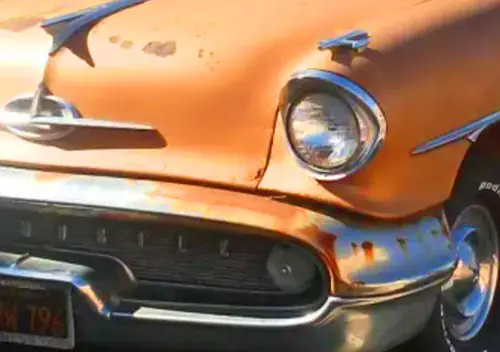
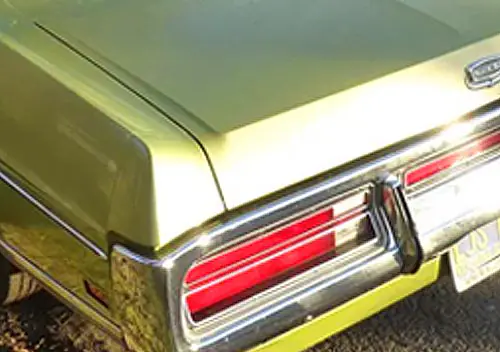
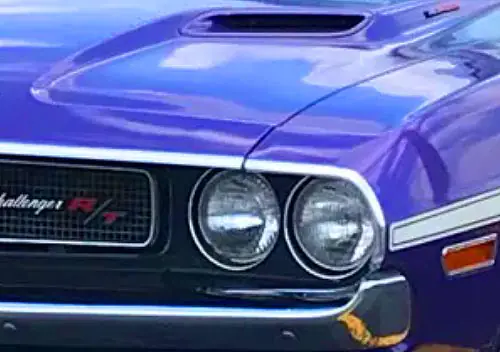


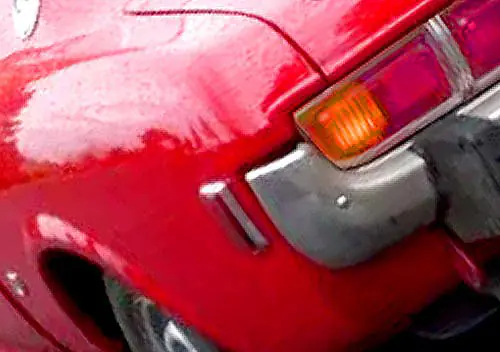

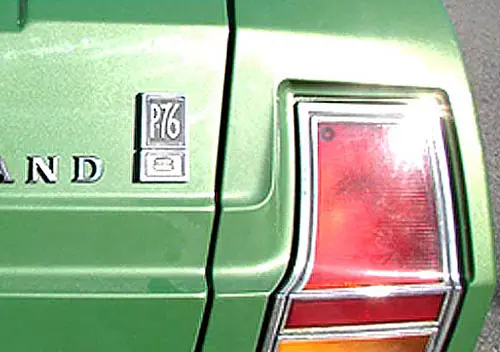
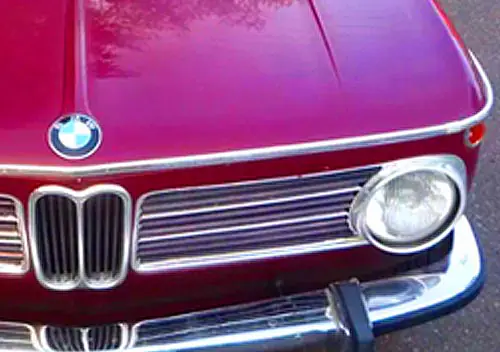


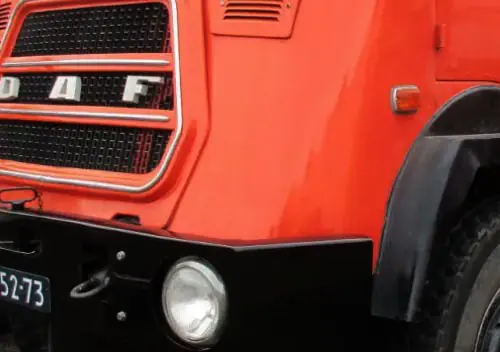
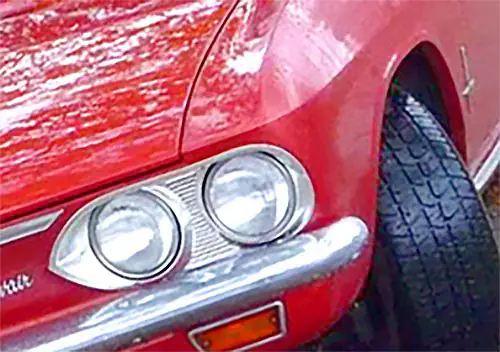
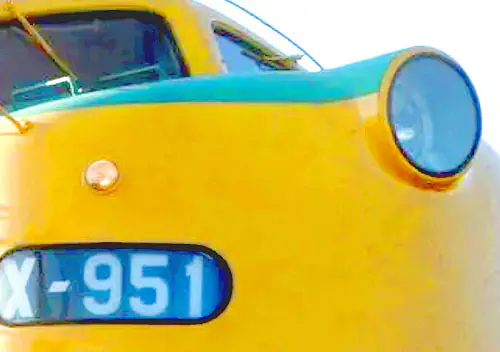
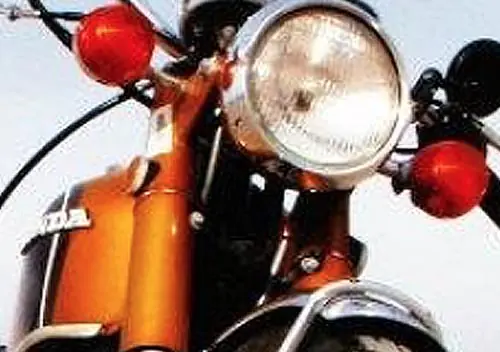
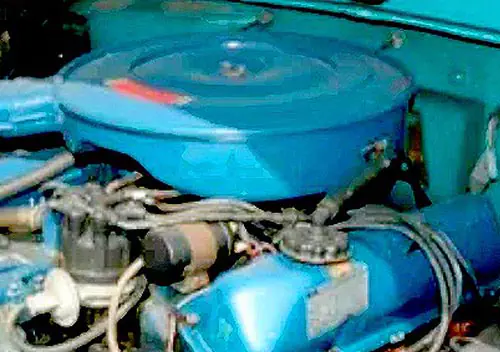



The ’48 Cadillac for me also. It still managed to look somewhat svelte unlike its bulbous successors from 1950 on. And you get that fantastic instrument pod, which was one year only, I think?
There is a cult of the 1936-1948 flathead V8 that prefers it to the ohv Cadillac engine of 1949 on. I have no idea who’s right, but wouldn’t mind doing a personal evaluation.
A 1949 Cadillac would be nice too, particularly a CdV.
Funny, apart from the Thunderbird, the only one of these cars I ever saw in daily service was the HenryJ. Someone was driving one frequently in the vicinity of the Vanderbilt University campus in the mid Eighties. Painted a bright blue, it was almost cute.
Had a ’47 Fleetwood 60-S with that lovely flathead V8, it was marvelously smooth, quiet and torquey, not to mention stout, having been used in pairs in WWII Stuart tanks and other military vehicles combined with the first HydraMatics. I’d take it over the ’49 ohv for it’s refined silence and low end grunt.
Impressive, since the ohv V8 was no rough cob.
It always fascinated me that around the mid- to late-1950s both Toyota and Studebaker sold (very different) models that were both called “Land Cruiser”.
However, when I dug into it, I discovered that Studebaker stopped using that name a year or so before Toyota began exporting Land Cruisers to the US.
Toyopet emblem reminds me of an old Buick emblem.
As their auto industry developed, Japanese cars became much more original.
Today, they are more the copied rather than the copier.
Did I miss the location of this museum? Fabulous facts on every picture. Who woulda’ knowd???
A simple Google search… Museum is located Nagakute Japan! Nagakute is located between Tokyo and Kobe, which is on the south (east?) central coast
Here’s a screenshot of the museum page
And how does one get rid of the (stupid) blue “distance” dialog box???
2nd try
Pretty nice all told .
The Henry J. defined “penalty box” .
Oddly, I rather like little vehicles of all stripes as long as they’re not physically punishing to drive, hence my love for older VW Beetles .
I think the Suzilight would likely make a great in town grocery getter .
Looking forward to what you write next .
-Nate
Love that early Land Cruiser, although not the most Land Cruiser-ish colour in my mind. I don’t think I’ve ever seen one that old, but I do recall the ads that Toyota ran in some of the car magazines I had as a kid.
I wonder if the first one ever wore out?
Wonderful post. Great pics. Very informative and, for this guy, educational. Thank you, Tatra!
I thought the 1953/54 Toyopet had a Hillman Minx look about it. I wonder if they’ve got one of Isuzu’s Minxes on display?
Nice collection! As I look at that awful Henry J, it occurred to me that the money spent on that hood ornament would have been better spent on decent interior wall panels! Between this and the Crosley – UGH!
About the Corvette, in 1953, 150 hp was nothing to sneeze at. The cars were light and they were considered quick in their day.
It’s nice that Toyota includes all manner of other vehicles in their museum (and did in the former Megaweb as well) to not just tell their own story but also that of motoring history in general. Another great installment detailing a museum that’s not necessarily easy to access for everyone, even if there on vacation, as the interest in the subject may not align with that of others in the party along with time constraints.
The XK120 looks quite alluring in silver, I’d be hard-pressed to choose between it and that 300SL were they both in my garage on any given morning.
This has been a fantastic series of articles – incredible place, and I’m glad to be able to stroll (or scroll) through it here.
And I guess much of its appeal is that there’s both famous and iconic cars, as well as more forgettable ones, like the Henry J and that bizarre Fujicabin. Your lead shot of the Fujicabin could induce nightmares.
My favorite among this bunch though is that ’48 Cadillac. I agree with everything you said about that car.
Such a wonderful series of articles and photos; glad you were able to visit and share with us!
I’ve always liked the Baby Birds, so the featured ’55 would be my favorite of this group. I’d love to drive a first-generation Toyopet Crown — its exterior styling reminds me of a miniaturized ’53 Plymouth.
I have ridden in a Henry J as a child; I don’t recall much about it except it was small.
Well now I know where he came from as the resemblance is amazing.
That lead photo of the Henry J for all the world looks like a scale model that master car modeler Peter Wilder built. Nice!
While I do have a Henry J in pieces, it was a drag car and needed more modifying that I expected to bring back to stock. The Museum car is better – it’s finished! 🙂
That Datsun A 55 would have been all local content by 59 Austin had replaced that model twice the new Farina design came out in 59.